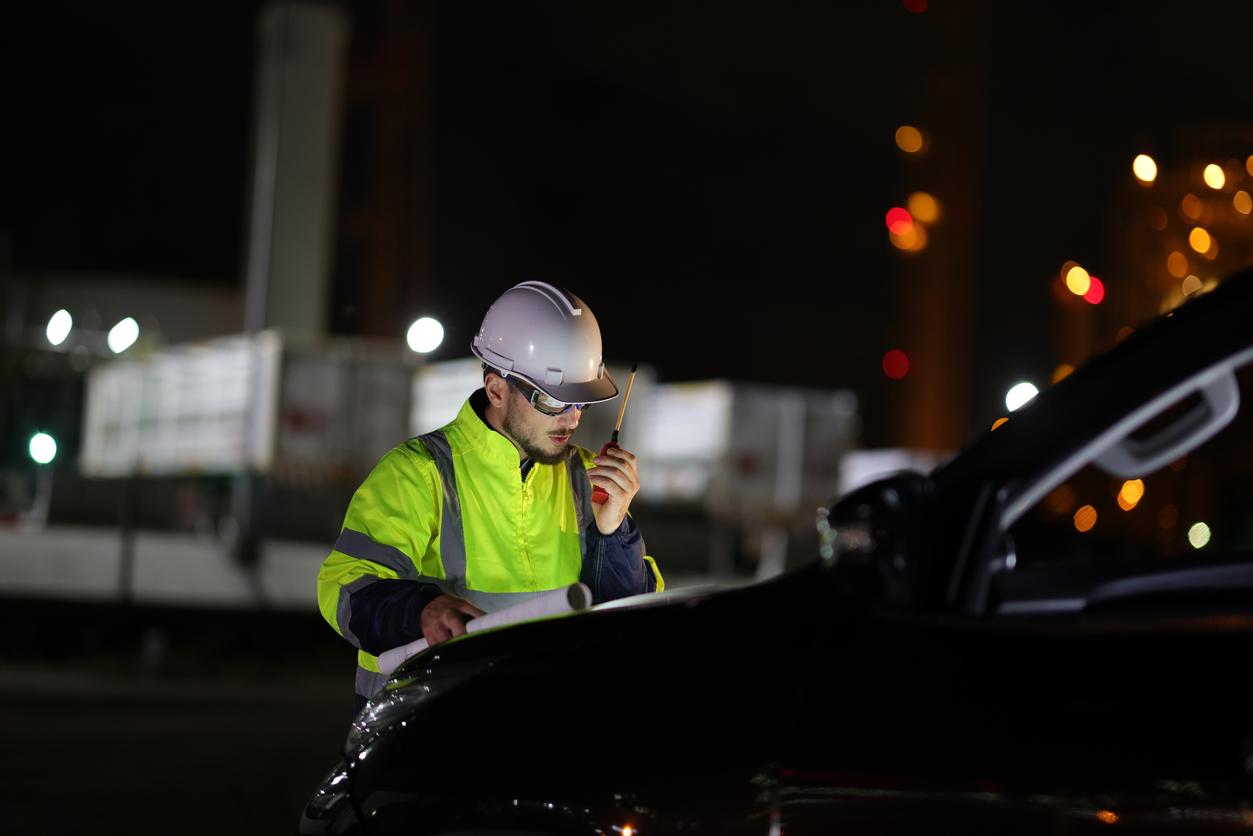
Argus visited the Porsche Museum in Stuttgart to show you the exhibition dedicated to the 50th anniversary of the manufacturer’s development center in Weissach, as well as the permanent collection which includes some nuggets between the classics and the glories of the competition. Follow the guide.
The Porsche Museum in Stuttgart is currently hosting a temporary exhibition dedicated to 50 years of the manufacturer’s research and development center located not far away in Weissach. Before it was set up, the permanent collection was partly reorganized to renew the appeal of this establishment which celebrated its tenth anniversary in 2019. Here are two good reasons to go there to make you discover what s ‘hides there, or rather what is exposed there.

Porsche before Porsche

The permanent exhibition gives more importance than before to the beginnings of the brand, a period often eluded until now. And for good reason: before founding his own brand, Ferdinand Porsche designed the Volkswagen for the Nazi government of Adolf Hitler.
But the era is one of controlled transparency, and Porsche is taking advantage of this new lighting to recall all the other works of its father.

At the same time, the manufacturer presents itself as a pioneer in electrification, central theme of the contemporary automotive industry with which Ferdinand Porsche was already familiar. We can indeed discover the electric Egger-Lohner C2 Phaeton from 1898, his first creation, as well as the Lohner-Porsche “Semper Vivus” from 1900, which was a hybrid. Various Ferdinand Porsche collaborations are reviewed: an Austro-Daimler Motorspritze from 1912, military vehicles used during World War II or the Type 64, a coupe designed for the (canceled) Berlin-Rome race from 1939 and often considered like the first real Porsche.


The must-sees in Porsche history
The first official Porsche was the 1948 356 Roadster “No.1”. For the brand’s 70th anniversary, a copy of this car was built and exhibited in various parts of the world. This replica is visible at the museum, as well as other notable 356s such as the prototype of the first Speedster.

The 911 succeeded the 356 in 1963 and, before adopting the iconic silhouette it still has today, it was the subject of several design attempts. The 1959 T7 prototype, with its “flattened” rear, can also be approached at the museum. This is also the case with another very important prototype in Porsche history: the 1993 Boxster concept.

TO READ. Porsche 356 (1954). The strange Glöcker coupe on sale
Floor to ceiling racing cars
To stay in the well-known history of Porsche, a large place is given to the racing cars of the brand, which has totaled more than 30,000 victories in competition. Thereby, 550, 908, 917, 962 and other 935 are present in number, clean but still bearing some scars from the endurance races in which they participated.


A Paris-Dakar 959 accompanies them, as well as the 919 Hybrid Evo with which Porsche and driver Timo Bernhard set the current Nürburgring absolute record in 2018, previously held since 1983 by Stefan Bellof’s 962. By Porsche’s own admission, these performances that thirty-five years separate are incomparable.

” Bellof set his time during a qualifying session, as we prepared for months to beat this record in 2018 », We are told in Stuttgart. The turn of the 919 remains particularly spectacular, and to do better will require a colossal investment from those who will venture there. ” Ferdinand Porsche was present at the first race held at the Nürbrugring in 1927 “, We underline at Porsche to recall the attachment of the mark to this circuit.
TO READ. Nürburgring. The fastest cars by category
Porsche experiments in the open
As indicated above, the Porsche Museum also temporarily gives pride of place to a much less well-known history of the manufacturer, populated by models and prototypes developed in Weissach. The 2016 Le Mans Living Legend Coupe, inspired by the 1953 550 Coupe and remained secret until the publication of the book Porsche Unseen at the end of 2020, is present surrounded by reduced-size models of other vehicles appearing in this book.


At the bend of an alley, we can also cross a 928 worthy of Back to the future. The “cans” and other growths of its body contain instruments used to measure the noise emitted by the car in different ways. A little further on, we come across a damaged Taycan, recovered after a crash test to display its passive safety equipment and in particular the deformable areas of its structure.

The astonishing first-generation Cayenne, which catches the eye with its glass body panels, reminds him that Porsche was studying the hybridization of its SUV in 2007 since we can see a traction battery inside this concept- because. For the production model, we had to wait for the second generation.
Other points of interest are available (augmented reality, spare parts, texts, images, etc.), but the number of unusual vehicles leaving the Weissach workshops remains limited. Porsche must keep a few surprises in store. The current temporary exhibition will be held until December 5, 2021.

Porsche and Mercedes heritage partners
If you want to visit the Porsche Museum, allow 10 € for a full price entry. The Mercedes Museum is also located in Stuttgart, and the presentation of a ticket for one allows to benefit from a 25% reduction at the entrance of the other. The year 2022 promises to be sporty for the Porsche Museum with, among other festivities, an exhibition dedicated to the 50 years of the legendary 911 Carrera RS 2.7 which was presented at the 1972 Paris Motor Show.


















